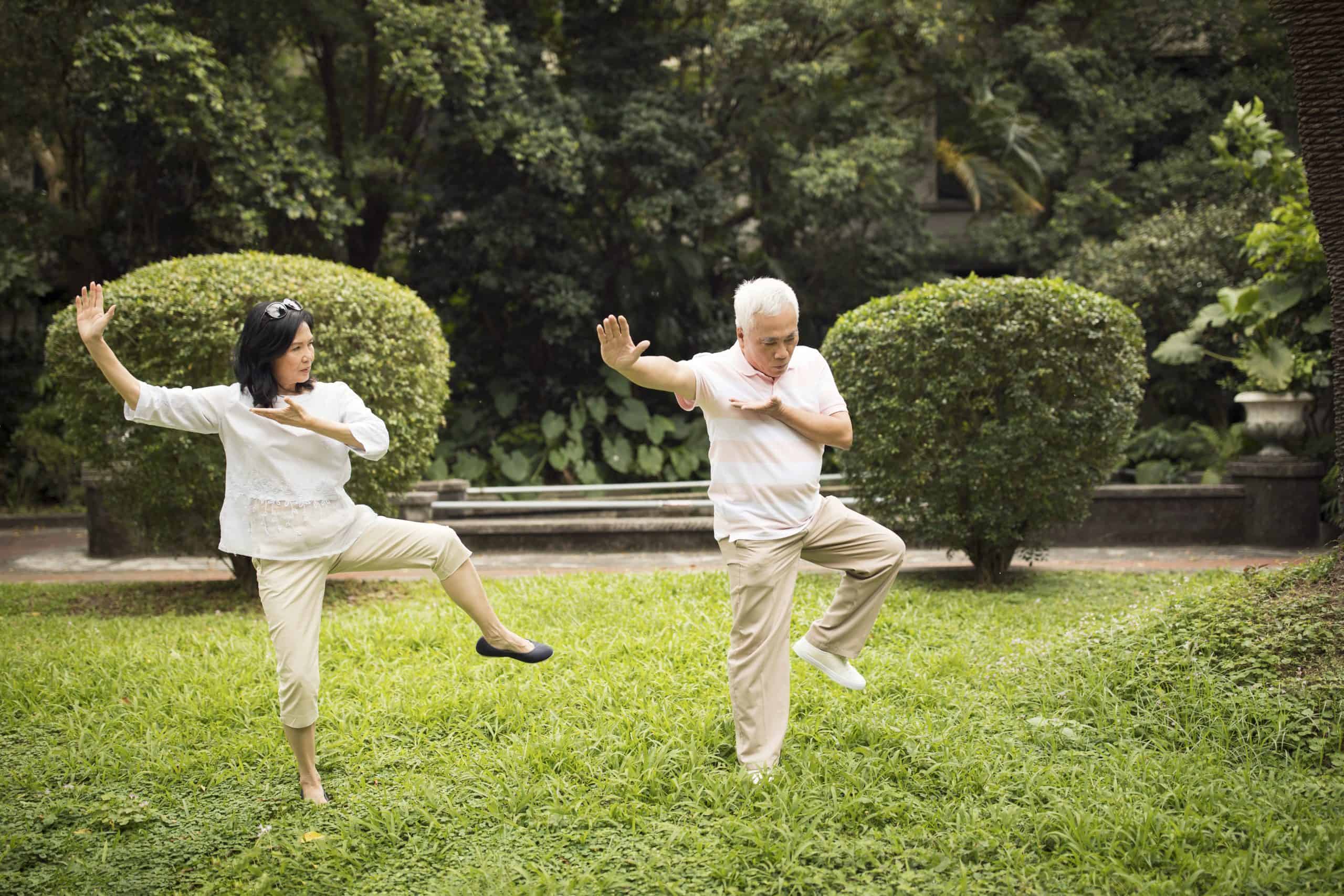Balance and coordination are key in reducing the risk of a nasty, often injurious, fall especially among seniors. So, how can you improve balance and lower the hazard? Balance training has some surprising benefits for those who live with limited mobility or physical disabilities. Here is what you need to know!
If you live with physical limitations or if you are getting older, balance is more important than ever. A loss of coordination or balance can precipitate a nasty fall and accidental falls are the leading cause of death by injury among seniors over 65. While mobility aids can help you with accessibility and safety, there is more that you can do. For example, observe Balance Awareness Week during September to find out more about what is causing your falls or lack of balance to keep yourself safe.
So, what exactly is balance training, and perhaps more importantly, how can it help?
Sense of Balance
Balance is related to the body’s center of gravity, and sensory responses from the brain. Many things can impact your sense of balance, from medical issues, mobility challenges, weak muscle mass, and aging. A loss of balance can result in symptoms like vertigo, dizziness, and headache, but perhaps the most hazardous repercussion of poor balance is an increased fall risk. When a senior takes a fall, it can be debilitating and impacts the ability to perform activities of daily life, like bathing or walking. In some instances, a fall can be fatal, as many never recover from their injuries or contract infections. Preserving and improving a sense of balance has numerous health benefits and advantages.
Balance Training
To improve your sense of balance, try balance training which can easily be added to your everyday routine. Athletes perform these exercises to enhance their performance; seniors may use balance training as a means of reducing their risk of a fall. Young and old alike can benefit from postural exercises that lengthen and strengthen the body’s core.
Some examples of balance training exercises are standing on one leg, jumping, hopping, and climbing steps or stairs. These will gradually increase and improve balance, while also enhancing holistic health and wellness. Talk to your healthcare provider or trainer to gently and gradually get started.
Balance Training Benefits
There are some compelling advantages of regular balance training but always do so with the endorsement of your health provider. Many of these activities can be modified to suit your level of fitness and mobility.
Some of the predominant benefits of integrating balance training exercises into your routine include:
- Lowering your risk of a fall or fall-related injury
- Helps to improve posture, which may reduce chronic back pain
- Helps to increase and improve your overall strength
- Increases flexibility, which also helps reduce risks of falls
- Improves balance and coordination when standing and walking
- Helps to improve your ability to resist and protect yourself during a fall
- Can help hasten motor responses
- May enhance confidence surrounding autonomy, and reduce anxiety surrounding the fear of falls
Ideally, seniors should plan balance training exercises three times weekly, optimally for periods of 30-45 minutes per session for best results. Again, talk to your health provider to find out more about balance training recommendations.
Activities of Daily Living
A loss of coordination or balance can impact how you perform your most basic activities of daily living. This includes but is not limited to things like:
- Dressing
- Bathing
- Grooming
- Toileting
- Preparing meals
- Climbing steps, stairs, or walking
- Getting to and from necessary appointments and engagements
It may also dramatically affect your ability to participate in social or leisure activities that you enjoy. This can have a negative impact on overall quality of life and satisfaction. Some goals of a balance training regimen can include resuming these endeavors, while in turn, improving overall physical function and quality of life for the individual.
Are you a candidate for balance training? Get started today!
A good sense of balance is helpful for anyone, but are you a particularly good candidate for getting started? If you walk, dress, bathe, or complete any other activities of daily living, the answer is a resounding ‘yes’! We all benefit from having better balance, which in turn can help prevent falls. Some groups that are at greater risk of falls and related injuries from a loss of coordination and balance include these individuals:
- Seniors
- Anyone with a physical disability or mobility issue
- Individuals with neuromuscular health conditions, like Parkinson’s disease or a history of stroke
- Those with dementia
- Those recovering or rehabilitating from serious conditions, including Cancer
- Individuals who are amputees
- Overweight or obese individuals
- Anyone who lives with chronic pain conditions, including back, hip, or leg pain
Want to find out more about the surprising benefits of balance training? Speak with your physician or physical trainer to learn how. Talk to the team at Pacific Mobility for mobility aids that can reduce your own risk of a fall, while also improving your overall quality of everyday life.
President, Husband, Father, Grandfather Graduate of UC Davis- Bio Sci Major- Go Aggies! Jeff has extensive experience in all of Pacific Mobility’s products and services, and specializes in accessibility products as well as stairlifts, ceiling lifts and custom wheel chairs. His hobbies include spending time with family, gardening, mountain biking, exercising and off road motorcycle riding.
24 years as Owner/President of Pacific Mobility Center – selling, installing, and servicing stairlifts, porch lifts, ceiling lifts, pool lifts, handicap ramping, specialty wheelchairs, scooters, power wheel chairs, and other power mobility devices
Certified Environmental Access Consultant since 2008
Licensed General Contractor since 1998
Certified Aging in Place Specialist since 2016
Board Member for Home Access Professionals
Member of Association of Members of the Accessibility Equipment Industry (AEMA)




